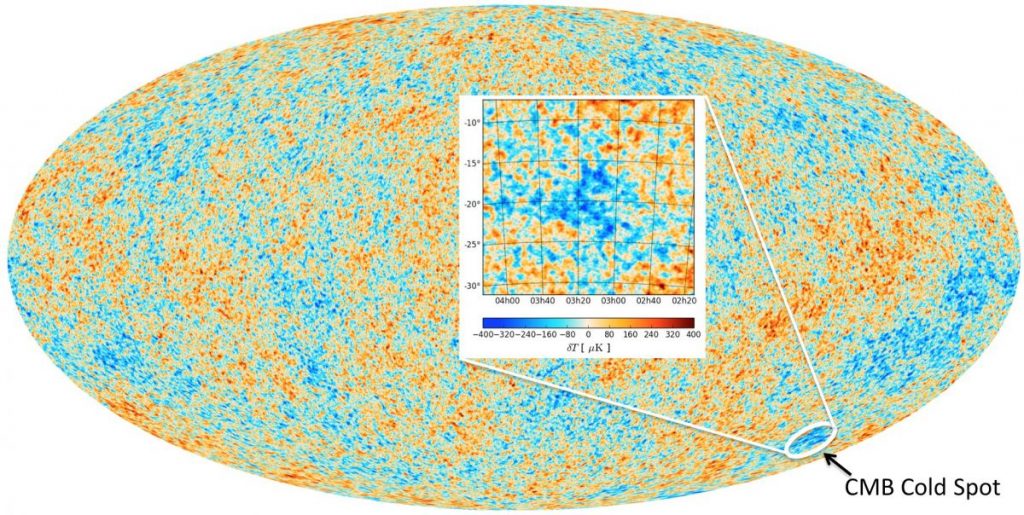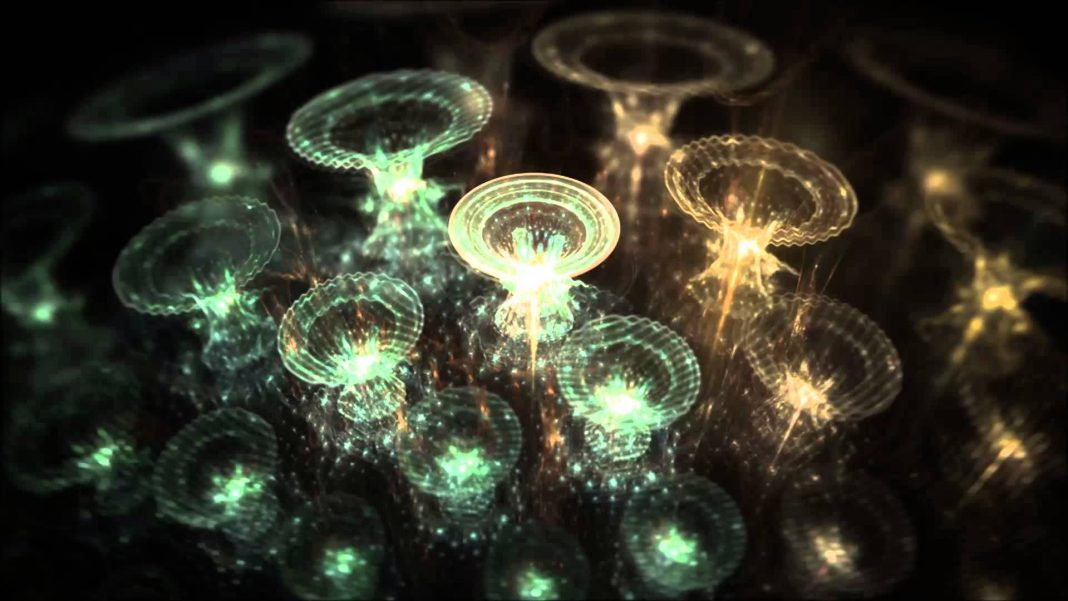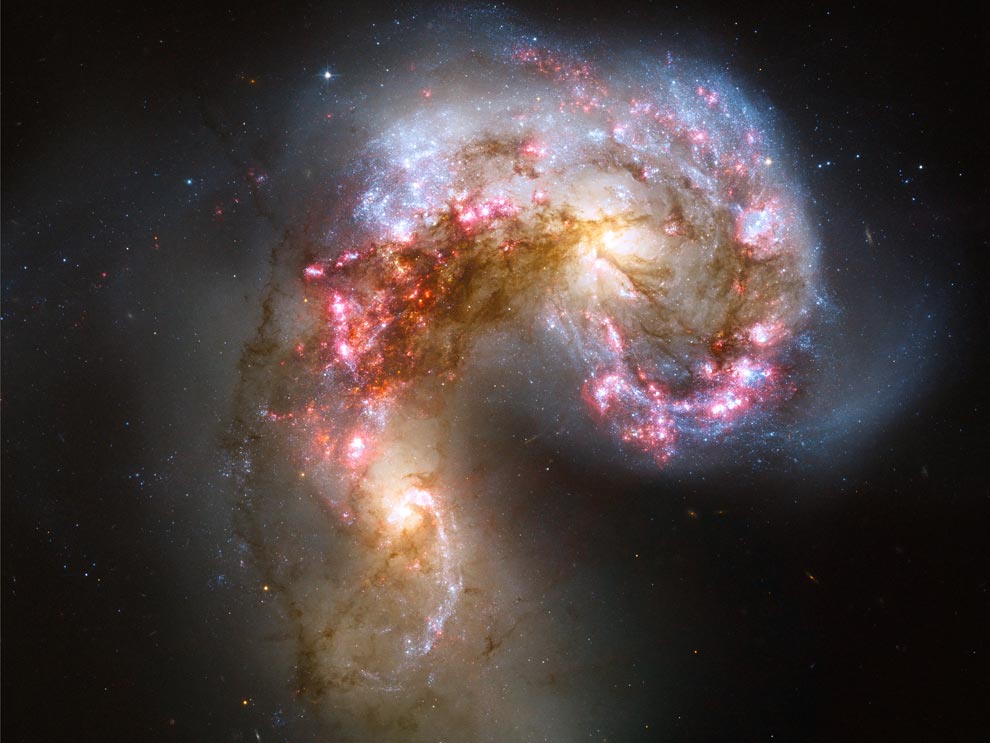There are many things about the universe that still baffle scientists, and one of those anomalies is the so-called “Cold Spot” that spans 1.8 billion light years across the galaxy. It’s only about 0.00015 degrees Celsius cooler than its surroundings, but that’s enough for it to be detected by measuring the background radiation throughout the universe.
Astronomers were previously under the impression that the reason this area was cooler was simply because it contained less matter than in most other sections. It was then labeled as a massive supervoid that was estimated to contain around 10,000 galaxies within it. However, since then astronomers have discovered that this supervoid can’t actually exist. Now their reasoning is that the galaxies located in the cold spot are simply clustered around smaller voids that populate the cold spot. However, that still doesn’t explain the difference in temperature that was observed.

If the researchers did want to link the temperature difference to smaller voids a non-standard cosmological model would be needed. “But our data place powerful constraints on any attempt to do that,” stated researcher Ruari Mackenzie. Even though there was a large margin of error in the study, the simulations show there is only around a two percent chance the Cold Spot formed properly in the first place. “This means we can’t entirely rule out that the Spot is caused by an unlikely fluctuation explained by the standard model. But if that isn’t the answer, then there are more exotic explanations. Perhaps the most exciting of these is that the Cold Spot was caused by a collision between our universe and another bubble universe” said researcher Tom Shanks.
Related Links;
- New survey hints at ancient origin for the Cold Spot / Royal Astronomical Society
- Evidence against a supervoid causing the CMB Cold Spot / Cornell University
- We May Have Uncovered the First Ever Evidence of the Multiverse / Futurism
More News to Read











